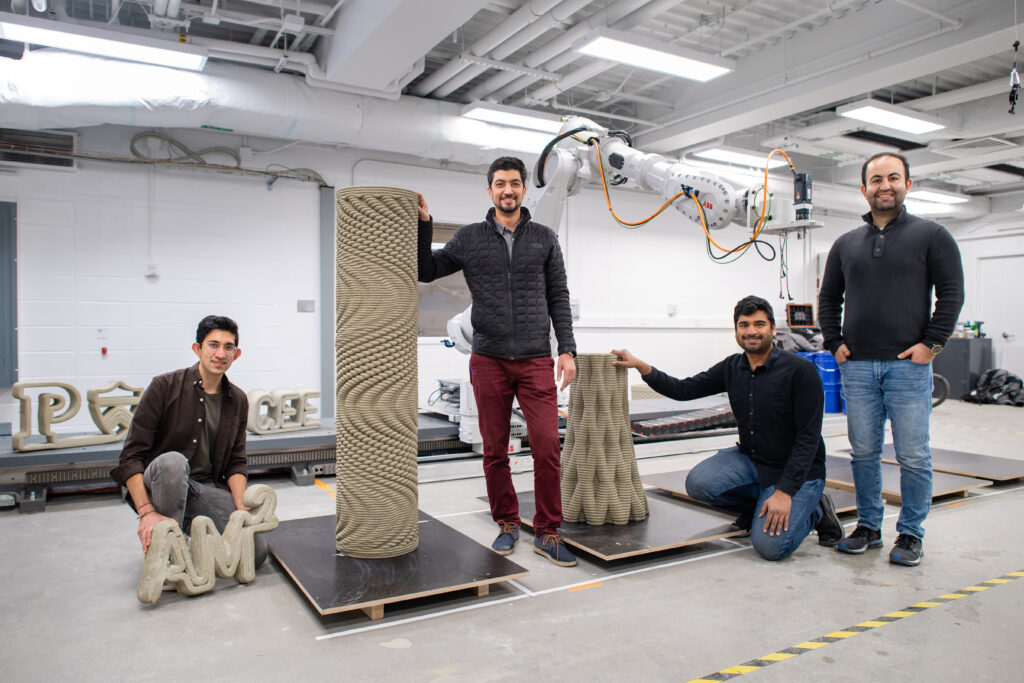Follow Dr. Birgit Geueke on LinkedIn or learn more about the research Dr. Geueke and her team conduct here. A link to the specific paper our earlier news report and this interview pertains to can be found here.
In a groundbreaking study, Dr. Birgit Geueke and her team have unveiled alarming health risks associated with toxic chemicals commonly found in food packaging, such as BPA, PFAS, and other harmful substances. As part of our in-depth look at this issue, which we covered earlier in our news feature, we spoke with Dr. Geueke to delve deeper into her research and its potential impact on public health and food safety regulations.
The following interview is presented unedited to preserve Dr. Geueke’s original responses, providing a deeper, unfiltered insight into her pioneering research on toxic chemicals in food packaging. This format allows readers to fully appreciate the nuances of her work and the urgent need for reform in food safety practices.
What are the primary health risks associated with chemicals like BPA and PFAS in food packaging, and how do these substances interact with food to become a health hazard?
Bisphenol A is toxic to reproduction and an endocrine disrupting chemical. This means that it can reduce fertility and interfere with the hormones in the human body.
PFAS cannot be degraded, which explains why they are called forever chemicals. PFAS have been linked to cause alterations in the liver and/or kidneys, act as endocrine disrupting chemicals, and interfere with the immune system.
These substances typically do not interfere with the food itself – they simply become part of it and then enter the human body together with the food. The exposure to chemicals from food packaging is typically low, but consumers cannot control whether it happens or not because they do not know the composition of food packaging and whether it is free of hazardous chemicals or not.
Could you explain the mechanisms through which toxic substances in food packaging migrate into food products, particularly under different storage conditions such as heat or humidity?
Packaging materials are often highly engineered and consist of many different chemicals. Not all of these chemicals are tightly bound in the material. If the materials has low barrier properties, these chemicals can transfer, or migrate, from the packaging into the foods. The process of chemical migration is faster at higher temperatures. Migration also depends on the type of food. For example, fat-soluble chemicals tend to migrate into fatty foods, and volatile chemicals can be absorbed by solid foods with high surface areas (such as flour).
What alternative materials or chemical compounds are you researching that can replace harmful substances like BPA and PFAS in food packaging, while maintaining the necessary barrier properties?
That is not the focus of our work. I recommend contacting ChemSec for information on alternatives.
How do regulatory gaps affect the prevalence of toxic chemicals in food packaging, and what are the most urgent policy changes needed to better protect consumers?
Already a few years ago, we have commented on the European food contact regulatory review – and many of these points are still open.
Here you can find a summary of our comment and a direct link: https://www.foodpackagingforum.org/news/fpf-position-paper-on-eu-fcm-regulation
What role does recycling and reusing packaging materials play in potentially exacerbating chemical contamination in food packaging, and how can this be mitigated?
Reuse and recycling are two measures to reduce the amount of waste from single-use packaging. However, recycling may introduce unwanted contaminants from previous uses, degradation processes, and insufficient sorting. This is less of a concern when looking at materials that are heated to high temperatures during recycling, such as glass and metal, because under these conditions most contaminants are destroyed. For paper, cardboard, and plastics, the removal of unwanted chemicals is much more challenging. And of course, some materials cannot be recycled at all.
For reusables, it is important to understand the chemical stability over the whole lifetime. Current European regulations only demand three testing cycles, but research has shown that reusable food contact articles made of plastics, such as melamine and polycarbonate, can start degrading after prolonged uses and then their chemical building block migrate into the foods.
What challenges do you face in developing non-toxic packaging materials that are both cost-effective and scalable for widespread use across various industries?
(We are not developing materials.)
Looking forward, what are the next steps for your research into safer food packaging, and are there any collaborations with industry to bring non-toxic alternatives to market?
Again, I would like to recommend contacting ChemSec – they have a lot of experience in this area.

Hassan graduated with a Master’s degree in Chemical Engineering from the University of Chester (UK). He currently works as a design engineering consultant for one of the largest engineering firms in the world along with being an associate member of the Institute of Chemical Engineers (IChemE).



